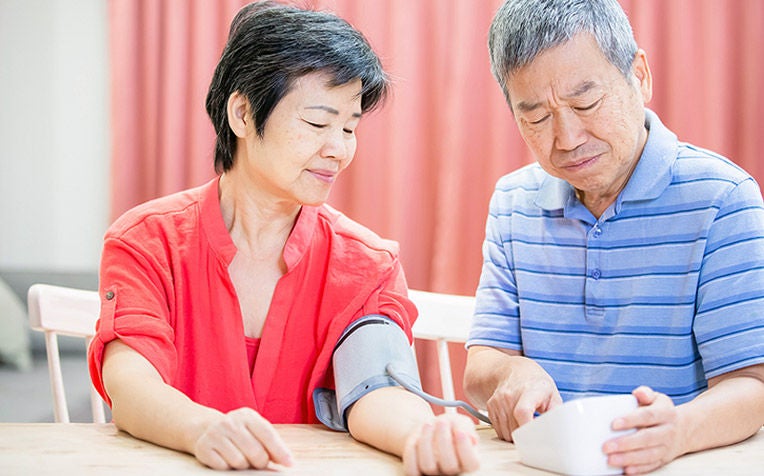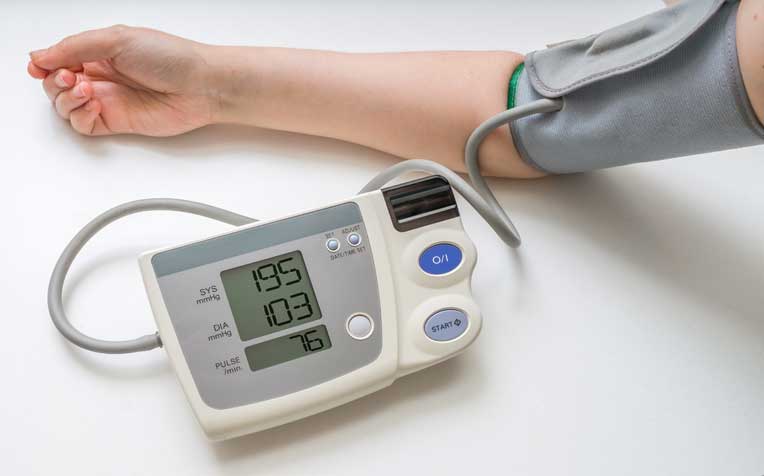
High blood pressure may affect women who hardly exercise, use birth control pills and drink too much alcohol.
Why are there differences in blood pressure between men and women?
The reasons for gender differences in blood pressure are not known and several laboratories are still researching. Some studies demonstrated that women tend to have higher heart pump output and lower blood vessel resistance, thereby minimising blood vessel injury.
What causes older women to develop high blood pressure?
Younger women in their 20s to early 40s may be protected from high blood pressure and cardiovascular disease (e.g. heart attack, stroke) by oestrogen (a female sex hormone). However, this is not yet proven as it is not evident that blood pressure changes are linked to levels of endogenous sex hormones.
Women’s blood pressure can escalate when oestrogen levels fall after menopause (around the age of 50. By 70 years old, about 80 to 90 per cent of women are likely to have developed high blood pressure. says Dr Ian Phoon, Senior Consultant, SingHealth Polyclinics – Pasir Ris, a member of the SingHealth group.
Similar to men, women may have a higher risk of high blood pressure due to:
- obesity,
- physical inactivity,
- excessive alcohol intake and
- a high salt diet.
In addition, contraceptive pills may further compound a woman’s high blood pressure risk. Thus, women on the “pill” should have their blood pressure checked regularly.
6 Tips to control high blood pressure
-
Maintain a healthy weight
The body mass index (BMI) is a common measurement for your weight and height ratio. If your BMI is between 23 and 27.4, you have a moderate risk of developing high blood pressure and heart disease. Your risk becomes very high if your BMI is 27.5 and above. Normalise your blood pressure by keeping your BMI between 18.5 and 22.9 (the healthy weight range for Asians).
(Use the following formula to calculate your BMI: Body Weight (kg) / [Height (m)]2) -
Reduce your daily sodium (salt) intake
Too much sodium in your diet can lead to high blood pressure. Keep your sodium intake under 2,000mg per day (about a teaspoon of salt). Avoid adding salt to your food as sodium is already found in most processed foods. Soya, or chili sauce, ketchup, soup stock, salted peanuts, potato chips, bacon, ham and sausages are some examples of foods containing sodium. -
Change your diet
Reduce your food intake which is high in cholesterol and saturated fats (e.g. fat meats, full cream milk, egg yolks, internal organs, and deep fried foods). High cholesterol can lead to the hardening of your arteries. Increase your consumption of fruits, vegetables and whole grains (such as wholemeal bread and brown rice). -
Increase your physical activity
People who lead sedentary lifestyles are likely to become overweight or obese and this is one of the factors that increase the high blood pressure risk. Stay physically active by engaging in an exercise you like, such as walking, jogging and cycling, for about 150 minutes per week. -
Cut down on alcohol
Just two or more alcoholic drinks in one sitting are enough to temporarily increase your blood pressure. If you must drink, limit yourself to one glass. -
Monitor your blood pressure
If you already have high blood pressure, you can get a digital blood pressure set to monitor your pressure. High blood pressure has no symptoms. Thus the only way of knowing if your pressure is under control is to check it regularly and record the readings down on a chart. Show the recordings to your doctor.
Ref: T12
Contributed by


















 Get it on Google Play
Get it on Google Play